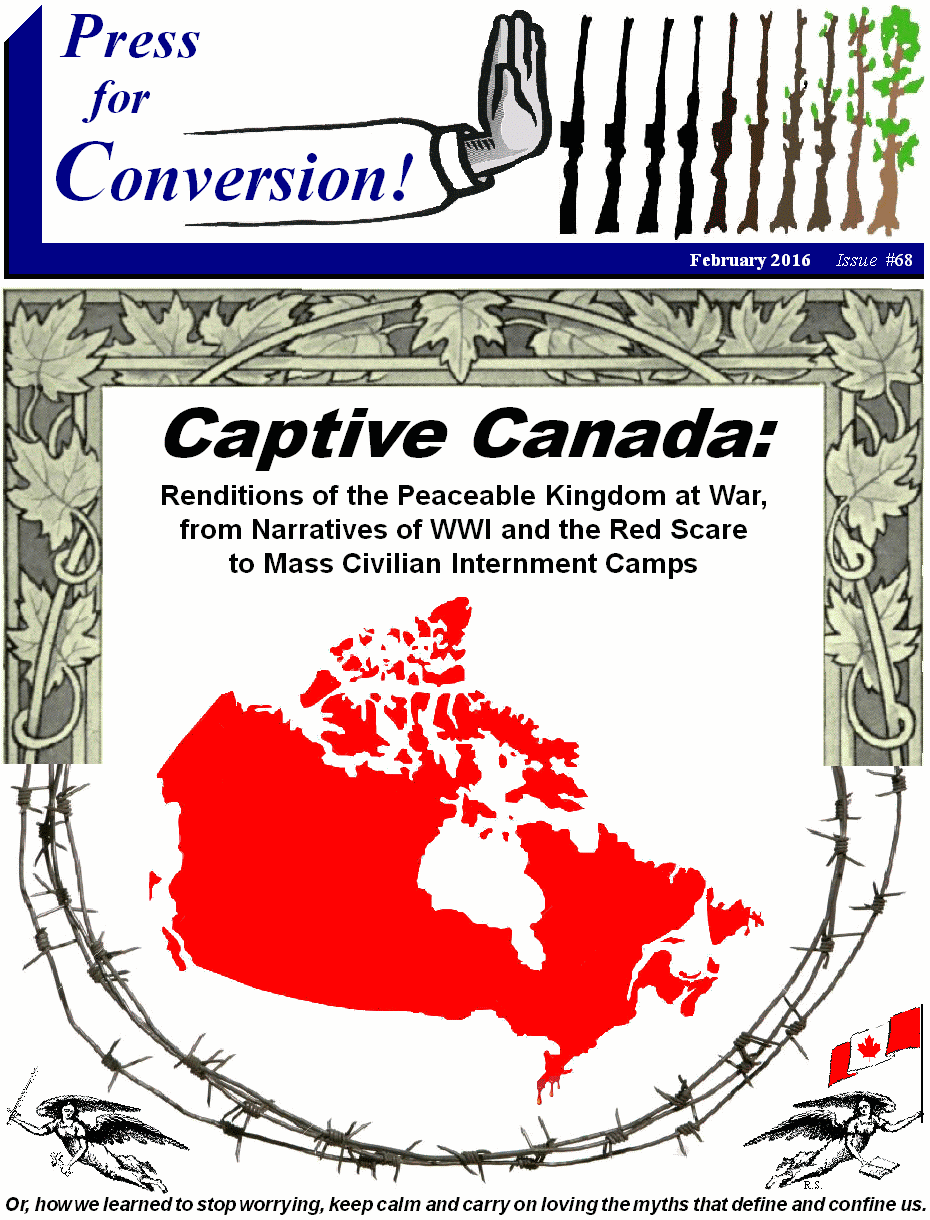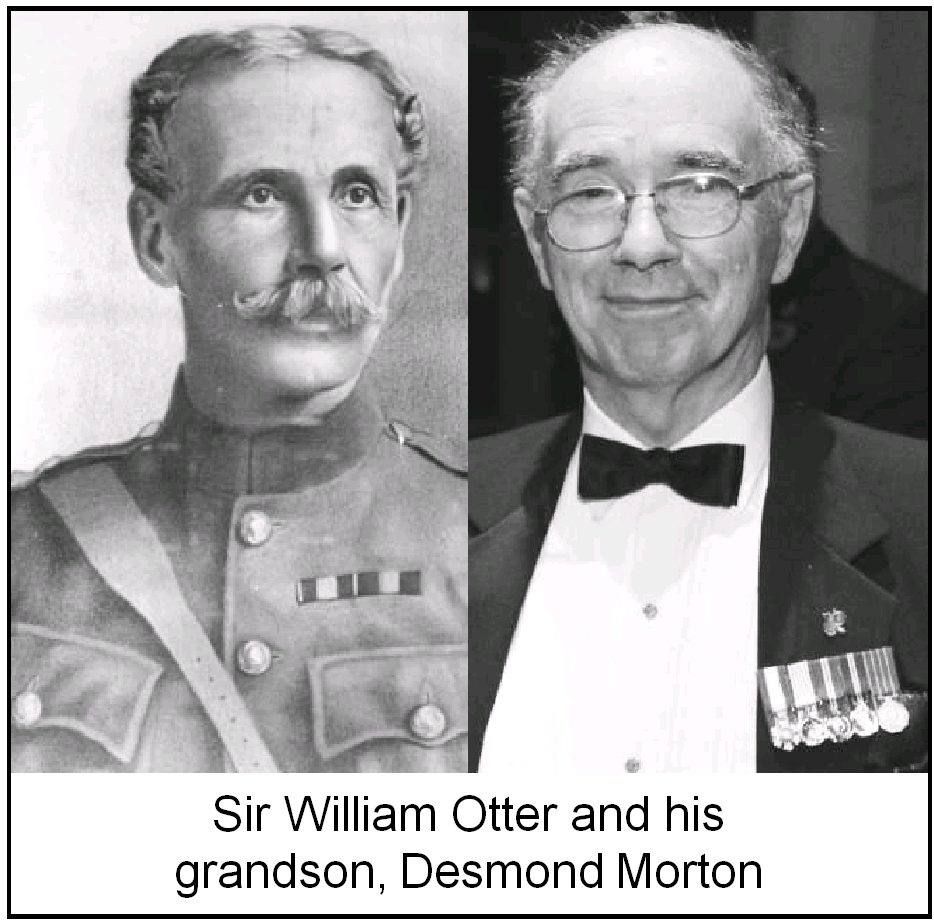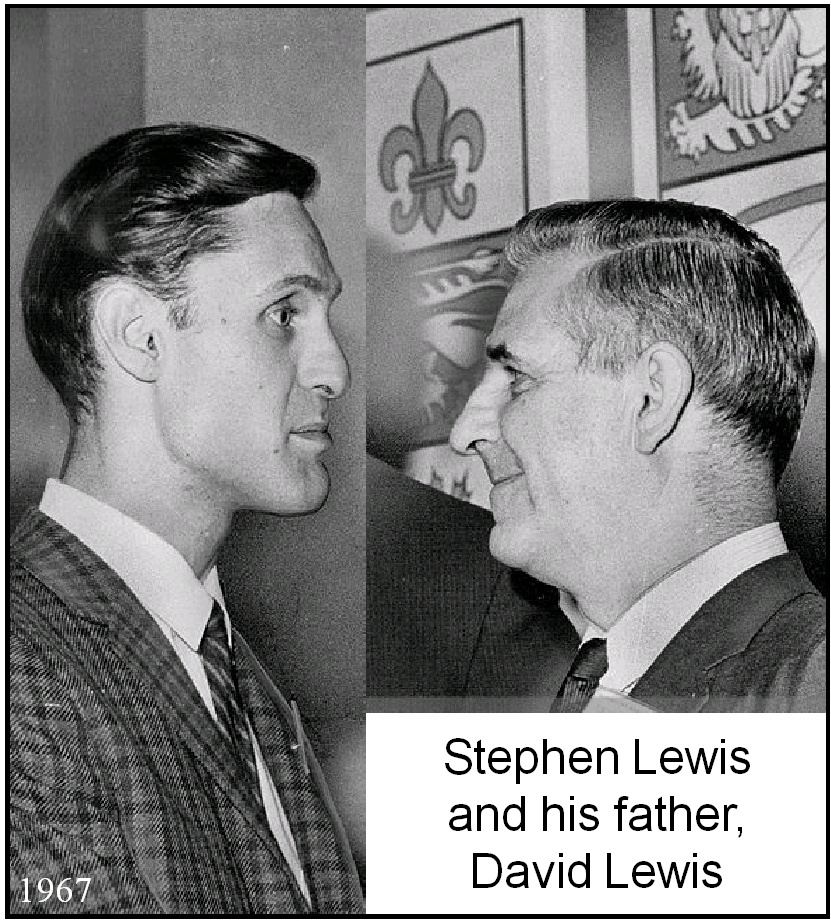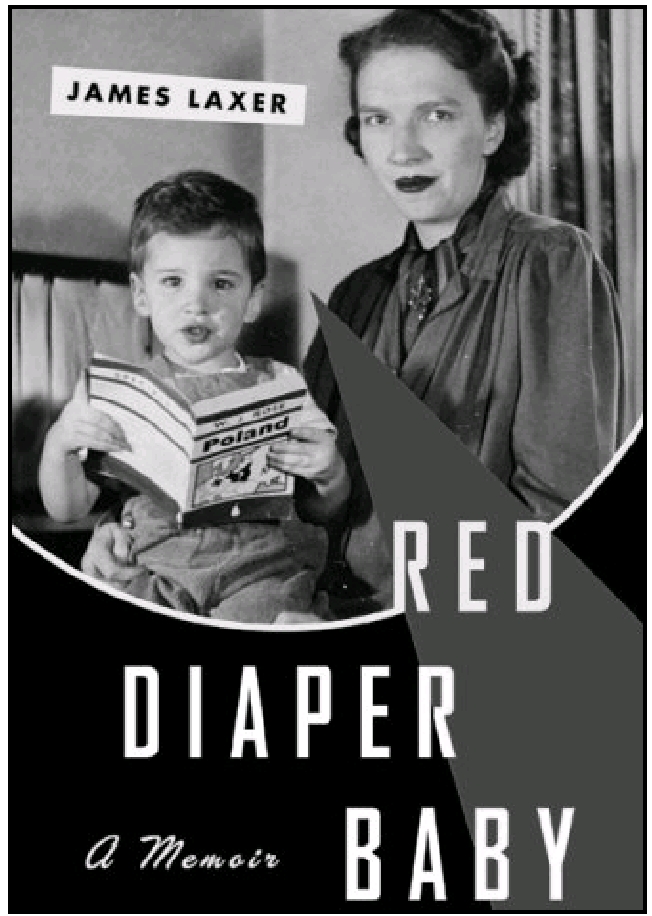 This
article was written for and first published in
This
article was written for and first published in
Captive Canada:
Renditions of the Peaceable Kingdom at War,
from Narratives of WWI and the Red Scare to the Mass Internment of Civilians
Issue #68 of
Press for Conversion (Spring 2016),
pp.6-7.
Press for Conversion! is the magazine of the
Coalition to Oppose the Arms Trade
(COAT).
Please subscribe, order a copy &/or donate with this
coupon,
or use the paypal link on our webpage.
If you quote from or
use this article, please cite the source above and encourage people to
subscribe. Thanks.
Here is the pdf version of this
article as it appears in Press for Conversion!
 Empire and Sons:
Empire and Sons:
From Sir William Otter,
to the NDP and the Waffle
By Richard Sanders, Coordinator, Coalition to
Oppose the Arms Trade (COAT)
Canada’s Major General Sir
William Otter is revered as the “father” of Canada’s Army. His family tree is
laden with archdeacons, bankers, barons, a British Governor of Bermuda, a chief
justice of Nova Scotia, and his grandfather was the Anglican Lord Bishop of
Chichester, England.1
With the war’s outbreak in
1914, Otter was brought out of retirement to be appointed Director of Internment
Operations. His qualifications included collaboration in two imperial conflicts
that involved the mass internment of civilians.
In 1913, Otter was made a
Companion of the Most Honourable Military Order of the Bath.2 For
what service to Empire did he receive this title? Was it his role in the North
West Rebellion of 1885 when he led a battalion of British troops against a Cree
and Métis uprising led by Poundmaker and Big Bear?3 His
role in crushing that revolt led the Montreal Daily Star to urge that
“Otterism” be used “as a synonym for merciless repression.”4 Otter
had dutifully served as an imperial weapon to smash resistance to Canadian land
plunder and the genocidal herding of Indians into mass captivity on reserves.
(See pp.15-21.) But this crime was only one step on Otter’s journey to
knighthood.
Otter’s next major
opportunity to serve imperial conquest came when he led 1,000 troops of the
Royal Canadian Infantry Regiment, during the Boer War (1899-1902).5
This war was fought to secure the British elite’s access to diamonds and gold
controlled by the Boer (Dutch/Africaaner) regime in South Africa. During this
contest of empires, British troops forced 116,000 Blacks into concentration
camps.6 They
also herded 118,000 Boer women, children and elderly men into deadly prison
camps. Of these civilians, more than 42,000 died from preventable diseases in
the camps, including 28,000 Boers7 and
over 14,000 Blacks.8 In
addition, 26,000 Boer men were shipped to British prison camps in India and
Caribbean colonies.9
In 2014, to honour the
Canadian troops who died while assisting Britain’s imperial conquest of South
Africa, Canada’s government added the Boer War, and Afghanistan, to the
conflicts that are now officially commemorated at the National War Memorial in
Ottawa.10
Considering his commanding
role in squashing the Northwest Rebellion and in leading troops during the Boer
War (in which more than a 250,000 civilians were interned), it is no small
wonder that Otter was knighted and then appointed to lead Canada’s internment
camps during WWI.
Otter was immortalised in a
gentle biography by his grandson, Desmond Morton, one of Canada’s leading
military historians. Morton’s narrative on Otter in the Dictionary of
Canadian Biography, presents him in as favourable a light as possible.
Morton’s narrative on the Boer War, while noting that the soldiers under his
grandfather’s command “became the ideal symbols of a great victory for the
British empire,”11 makes
no mention of war’s great success in killing tens of thousands of civilians
trapped in internment camps.
Morton, whose father was a
Brigadier General in WWII, is perhaps best remembered for his rendition of WWI
as the defining moment in Canada’s long struggle for freedom from its
imperial masters. “The Great War,” he said, “gave [Prime Minister] King and the
Liberals arguments and support enough to take Canada to full and unquestioned
independence.”12
 During his tenth year in
Canada’s army, Captain Morton “was anxious to serve as [the NDP’s] assistant
provincial secretary.” So, the party’s executive agreed to “negotiate” Morton’s
“release from the armed forces.”13 He
was soon working for the Ontario NDP. In the early 1970s, as a close advisor to
NDP leaders, David and Stephen Lewis, Morton was instrumental in helping this
father and son team to oust a youthful reform group from the party. In 1971,
the “Waffle Movement for an Independent Socialist Canada,” was seen as a threat
that the NDP leadershipand the Mounties both wanted to contain. A secret RCMP
report said the Waffle was hoping
During his tenth year in
Canada’s army, Captain Morton “was anxious to serve as [the NDP’s] assistant
provincial secretary.” So, the party’s executive agreed to “negotiate” Morton’s
“release from the armed forces.”13 He
was soon working for the Ontario NDP. In the early 1970s, as a close advisor to
NDP leaders, David and Stephen Lewis, Morton was instrumental in helping this
father and son team to oust a youthful reform group from the party. In 1971,
the “Waffle Movement for an Independent Socialist Canada,” was seen as a threat
that the NDP leadershipand the Mounties both wanted to contain. A secret RCMP
report said the Waffle was hoping
“to change the NDP from within and radicalise the NDP
socialist policies.... In its present relatively infant form, the Waffle Group
is rapidly becoming a melting pot for radicals of all ‘Left’ groups....”14
The “Waffle Manifesto” set
out a socialist policy of independence from US wars and hegemony. Its platform
included nationalising “the essential resources industries, finance and credit,
and industries strategic to planning our economy.”15
 Morton’s 1972 success in
ousting the Waffle from the NDP, is similar to when Rev.J.S.Woodsworth led the
purge of radicals from the party’s forerunner, the Cooperative Commonwealth
Federation in the 1930s and ‘40s. Ousting the Waffle kept radical economic,
antiwar and anti-imperialist ideas from infecting the NDP. The Royal Commission
into RCMP crimes, said that because of their concern “that Trotskyists and
Communists were joining the Waffle,” the Mounties “volunteered information to
one leader of a provincial New Democratic Party” to make him “aware of
subversives within his Party.”16
Morton’s 1972 success in
ousting the Waffle from the NDP, is similar to when Rev.J.S.Woodsworth led the
purge of radicals from the party’s forerunner, the Cooperative Commonwealth
Federation in the 1930s and ‘40s. Ousting the Waffle kept radical economic,
antiwar and anti-imperialist ideas from infecting the NDP. The Royal Commission
into RCMP crimes, said that because of their concern “that Trotskyists and
Communists were joining the Waffle,” the Mounties “volunteered information to
one leader of a provincial New Democratic Party” to make him “aware of
subversives within his Party.”16
Besides being spied on by
the RCMP and expelled from the NDP, Waffle organisers were also targeted for
internment during the Cold War. This top secret Canadian program was called
Operation Profunc. (See pp.35, 49.) From 1950 until the 1980s, the RCMP created
annual lists of thousands of radical leftists who—in case of a war, or some
vaguely-defined emergency—were to be interned. In the 1950s, the first
generation of this program targeted communists like Edna and Robert Mendel
Laxer. The latter was a WWII veteran who became a paid organiser for the
Communist Party, and later a clinical psychologist. Under Profunc, their
children, Jim and Gord, were also to be rounded up. Jim, now a York University
political science prof, was a leader of the Waffle, which he and his father
helped to found.
References
 This
article was written for and first published in
This
article was written for and first published in Empire and Sons:
Empire and Sons:  During his tenth year in
Canada’s army, Captain Morton “was anxious to serve as [the NDP’s] assistant
provincial secretary.” So, the party’s executive agreed to “negotiate” Morton’s
“release from the armed forces.”
During his tenth year in
Canada’s army, Captain Morton “was anxious to serve as [the NDP’s] assistant
provincial secretary.” So, the party’s executive agreed to “negotiate” Morton’s
“release from the armed forces.” Morton’s 1972 success in
ousting the Waffle from the NDP, is similar to when Rev.J.S.Woodsworth led the
purge of radicals from the party’s forerunner, the Cooperative Commonwealth
Federation in the 1930s and ‘40s. Ousting the Waffle kept radical economic,
antiwar and anti-imperialist ideas from infecting the NDP. The Royal Commission
into RCMP crimes, said that because of their concern “that Trotskyists and
Communists were joining the Waffle,” the Mounties “volunteered information to
one leader of a provincial New Democratic Party” to make him “aware of
subversives within his Party.”
Morton’s 1972 success in
ousting the Waffle from the NDP, is similar to when Rev.J.S.Woodsworth led the
purge of radicals from the party’s forerunner, the Cooperative Commonwealth
Federation in the 1930s and ‘40s. Ousting the Waffle kept radical economic,
antiwar and anti-imperialist ideas from infecting the NDP. The Royal Commission
into RCMP crimes, said that because of their concern “that Trotskyists and
Communists were joining the Waffle,” the Mounties “volunteered information to
one leader of a provincial New Democratic Party” to make him “aware of
subversives within his Party.”